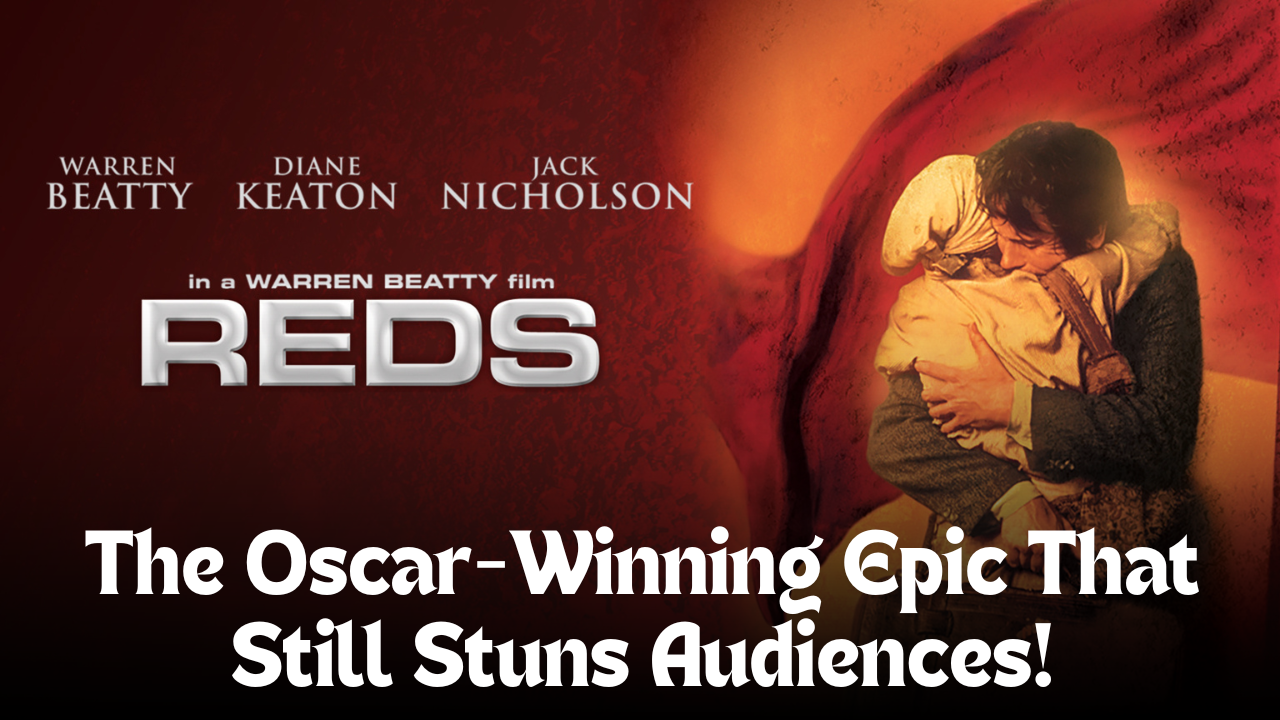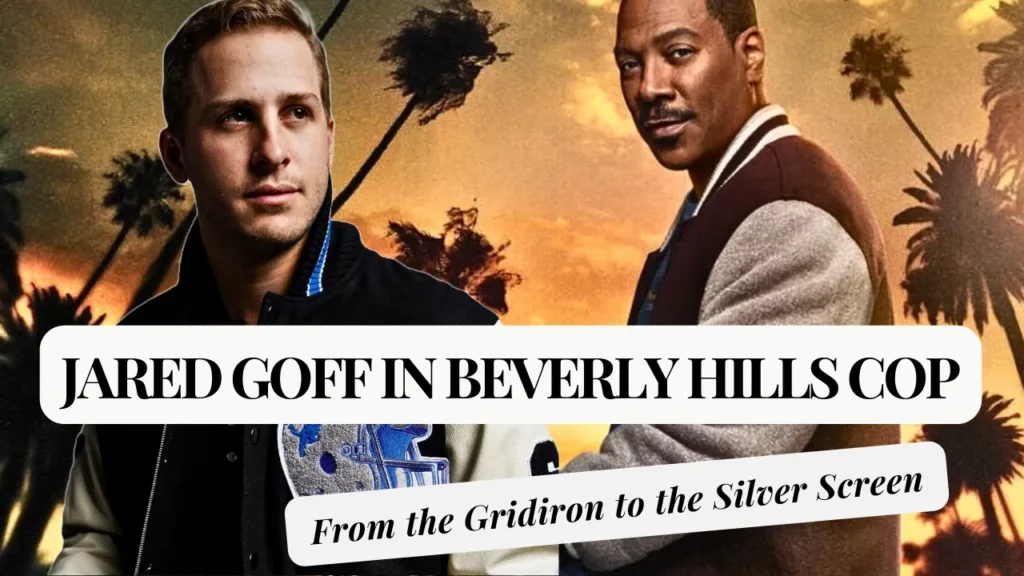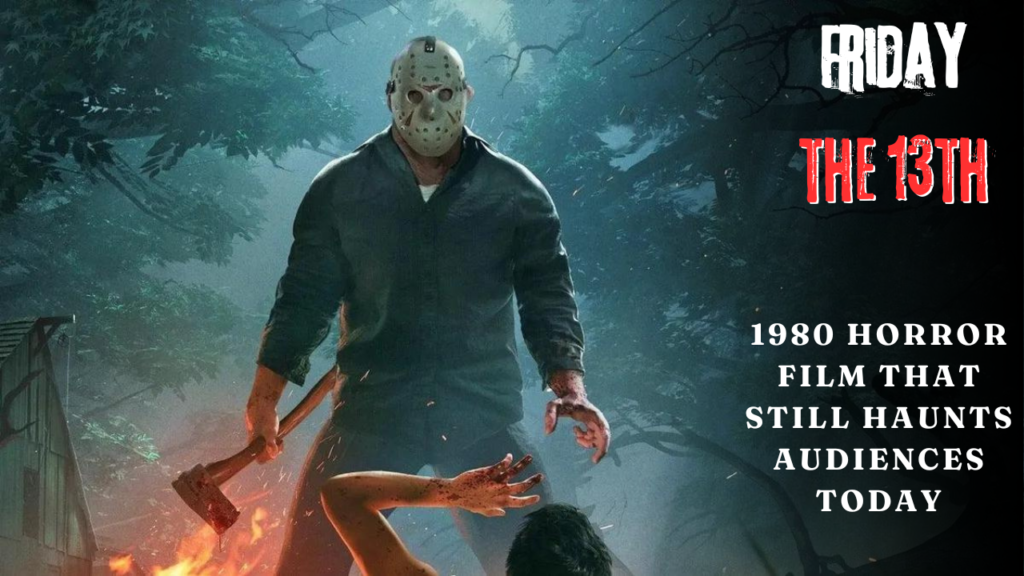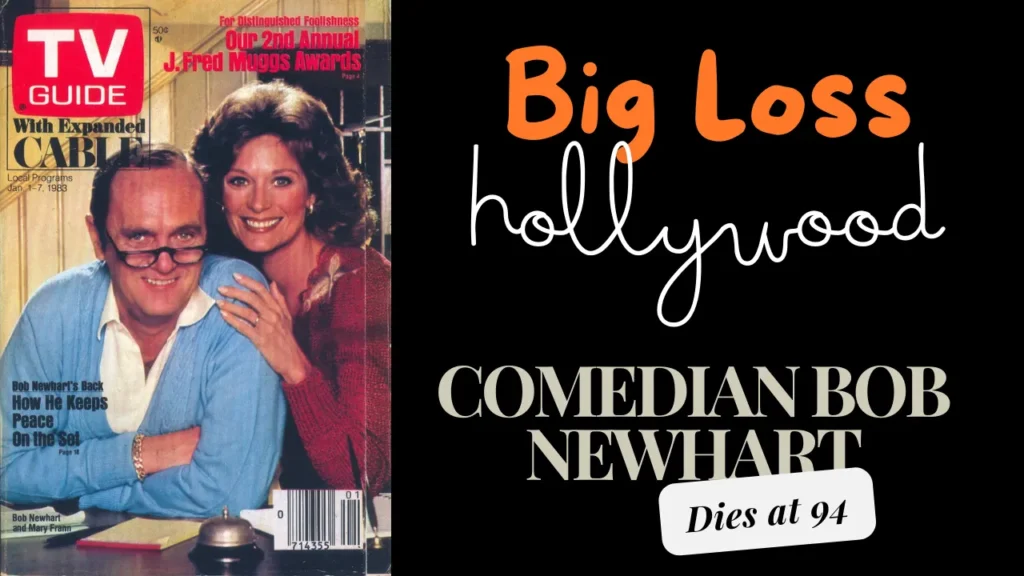Reds Film: Review The Oscar-Winning Epic That Still Stuns Audiences!
September 14 2024,
December 4, 1981 Reds Film: The film of historical genre by Warren Beatty about the legendary leader of the steel industry, the Reds, appeared in cinemas. The movie described the history of the American journalist John Reed, who wrote about the Russian revolution in his book, ‘The Ten Days That Shook the World.’. It was not only the best movie on the screens, but it also became the best political piece of history, ascending to one of the greatest changes in the 20th century.
Reds took people‘s interest by storm within pre-production when its leading talents included Warren Beatty as John Reed, Diane Keaton as his lover Louise Bryant, and Jack Nicholson as playwright Eugene O’Neill. However, aside from its popular leads, the movie felt significant because of the director’s effort to present history in a very dramatic manner. It was not a political show—it was about people, their relations, their values, and their fight for something significant in the processes of changing the world.
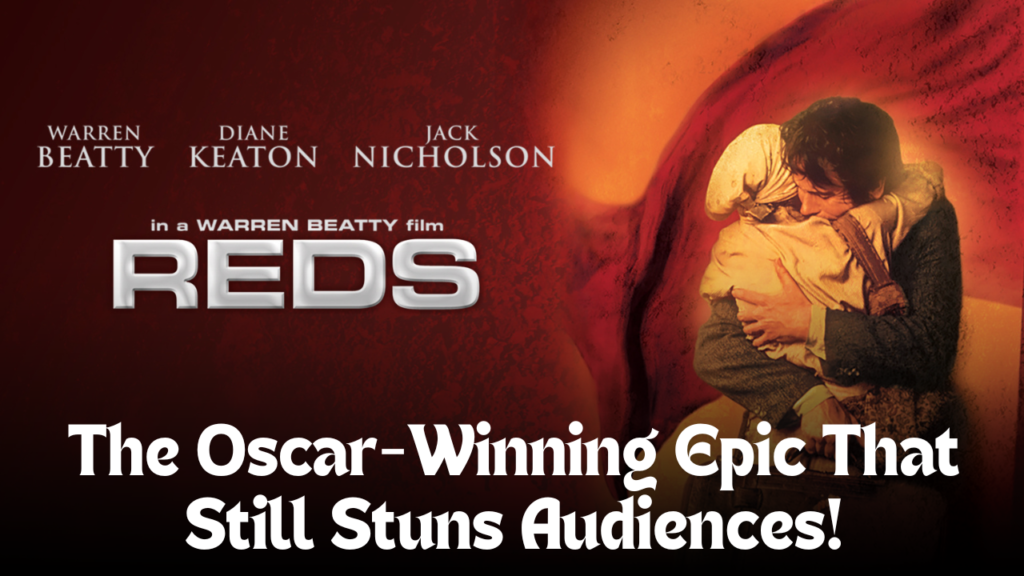
Essentially, Reds is the history of John Reed and Louise Bryant, two fervent characters who find themselves in the middle of revolution. Based on the context of the political revolutions in the early ON twentieth century, the lives and experiences of the four sisters are depicted in the film as they move from New York to Russia and get themselves involved in the Bolshevik Revolution. Throughout this period, they have conflicts in their relations as individuals as well as due to political situations that they encounter.
Perhaps the most memorable feature of the film, its use of dramatic recreations of events alongside actual interviews with people involved, is an effective component of the film. There is the use of the actual witness who gives his/her account while the events of the entire movie were filmed in a documentary style. These interviews provide the Reds with a new structure combined in a rather unprecedented manner of personal and historical aspects.
Again, when the film was released on December 4, 1981, the reception that was given to the film by the public as well as the critics was encouraging and positive, as wished by the producers of the film. Critics described the film as working towards addressing political controversies, the acting of the performers, and Beatty’s direction. Warren Beatty, who also scripted the film, was appreciated for the investment he showed towards this film, which took several years before it was completed. His work of portraying John Reed was filled with idealism and passion, a man who has vices of revolution and the fight for justice.
Another beauty of the film was the portrayal by Diane Keaton as the character in question, Louise Bryant. As a freelancer and a woman trying to bust her way in a man’s-and male-chauvinist-oriented city, Keaton was able to give a different dimension to the MM character. Thus, the film does not only depict Bryant as Reed’s business partner but as someone who has growth and hardships of her own to deal with, which makes her a rather significant character rather than a secondary one.
It also became interesting due to the fact that Jack Nicholson played the role of Eugene O’Neill, one of the most important American playwrights. Reed and Bryant’s progressive characterisation makes for skins of conflict and emotions in his character that make the political process of the movie set against the backdrop of his personal relations so engaging.
Nevertheless, Reds is based on the period of revolutionary upheaval and does not lose touch with the fact that revolution affected people as well. In this case, Reed becomes committed to the revolution, and this drives a wedge between him and Bryant as he becomes too engrossed with his political affairs. This brings an element of tragedy to the movie as the audience gets to see the toll Reed paid to fully support the revolutionary causes.
It was also an original concept to depict the Russian Revolution from the point of view of an American movie maker. Other films depicting the theme of revolution and war tend to deal with what actually occurred; however, in Reds, the audience is given an insight into the revolution through the eyes of observers, Americans who were not involved in the process of revolution but who were involved emotionally and spiritually. This gives the movie kind of a modern twist despite events and happenings that happened many years ago.
This film premiered perfectly in the awards season after it was released and gained humongous popularity. It was nominated for the Academy Awards, and nine of them were for the best picture, and the film received three. That year Warren Beatty won the Oscar for the Best Director, and rightfully so, he has become one of the most esteemed film makers in Hollywood. Other awards that went to the film include the Best Supporting Actress, which went to Maureen Stapleton, who acted as Emma Goldman, a radical political activist. It also garnered accolades for cinematography and editing, both of which kept the film with immense thruster and cinematic view.
Reds is nearly three hours in length and yet it is non-stop throughout that length of time. From the tender between Reed and Bryant to the separation scene and the revolutionary Russia background, all the scene look so important for the story to be told. The pacing and the structure of the film are well designed throughout the film, and they always make us feel that the entire story is much shorter than it actually is.
Since the appearance of Reds, it has become the picture, which touches the spectator’s heart. It is just a movie about ideas and the price one has to pay for living with an idea which is larger than life. It shows us a historical event that shifted the course of the world and yet it does so with an emotionally focused look at some characters. Reed and Bryant’s friendship kind of provides a human emotional element into the film, which makes these historical incidents much more believable.
For anyone who has any interest at all in historical cinema, politics, or prep-Oscar favorites reaches for cinematic greatness Reds is on everyone’s list. It is one of those films that are grandiose and personal at the same time and the events portrayed in it seem to be as topical as they were more than three decades ago, when the film was released. What is impressive about Reds is that it manages to cover such large themes as politics and history along with such a small-scale subject as passion.
Whether you decide to watch Reds for the idea of revolution, the charisma of a star cast, or the raw emotionality of it all, Reds is a film that leaves a mark on your mind and heart once the lights are turned on. There’s therefore no wonder that even more than three decades after its release, people still continue to refer to it, whether they are movie enthusiasts or history enthusiasts.

